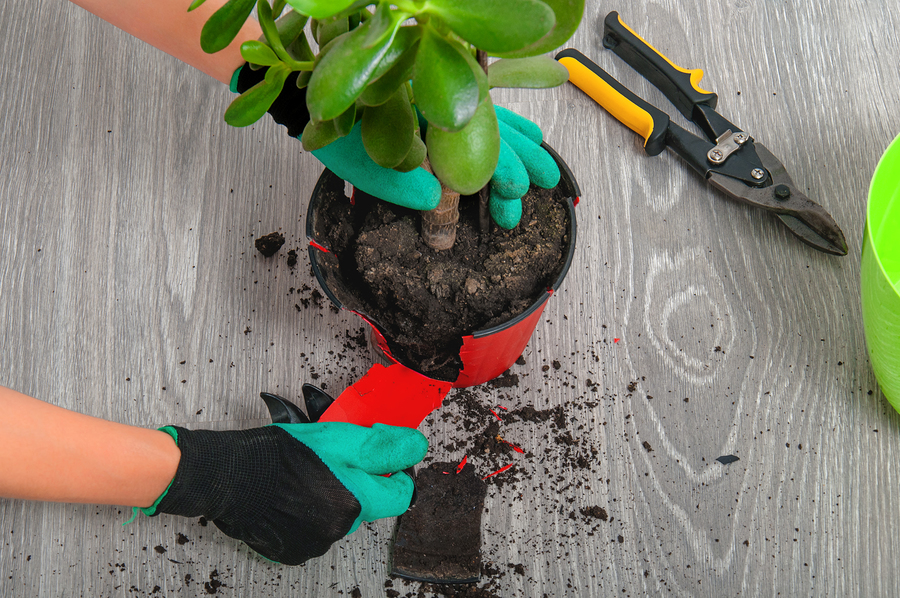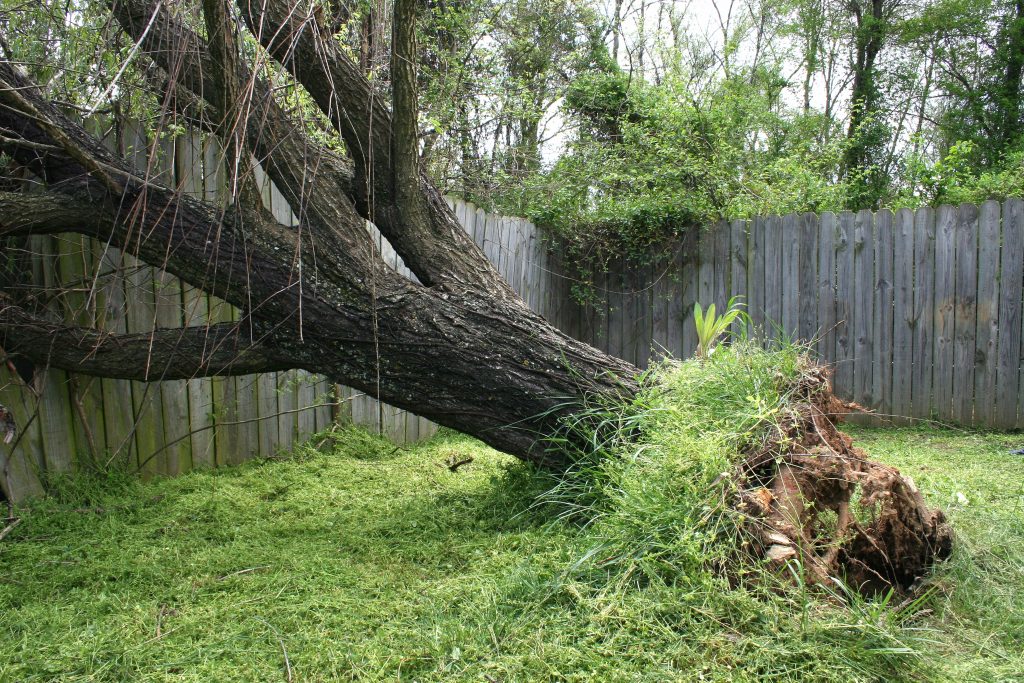Indoor plants are a wonderful asset to any home or office. Not only do they add décor and delight, they provide a wide range of health benefits, such as natural air purification and indoor air quality. However, if you have containerized trees indoors, you can’t expect to keep them inside forever.
Most trees grow species grow to incredible heights; heights that are generally not conducive to the average ceiling levels in homes and apartments. So, unless you are growing a tree that does not exceed 6 to 8 feet in height at full maturity, you’ll eventually have to move it outdoors, and perhaps even transplant into the ground at some point.
But when is it safe to move containerized trees outdoors? After all, it is February, so it might be too soon. Continue reading to learn when is the recommended time to move your indoor trees, outside.

Caring for Containerized Trees
During the later parts of the Indiana winter season, between February and March, keep your containerized trees near windows that receive a lot of sunlight. This will aid in nutrition absorption and support stronger growth. Once outdoors temperatures are consistently above freezing, in the 40 to 50 degree Fahrenheit range, you can safely move your containerized trees outdoors; but just for the day!
You see, the general rule of thumb when it comes to containerized trees is the 45 degree Fahrenheit rule: if the overnight temperatures are still dropping near or below 45 degrees Fahrenheit, you must continue to pull them back indoors until overnight temperatures reach an ambient level of at least 50 degrees Fahrenheit.
When to Plant Trees
Along with the general rule of thumb of ambient outdoor and overnight temperatures, you must also wait until the ground is no longer frozen before you transplant a containerized tree. Generally, the safe zone for unfrozen soil is between April and May. So, be sure to wait until spring is in full affect before you plant anything in the ground. For additional help and knowledge, see our blog, “What Should I Do For My Trees Right Before Spring?” to get started on the right foot.
Call a Fishers Tree Care Company for Accurate Advice
Call 317-537-9770 for professional tree service in Fishers, Indiana. We provide residential and commercial tree service, including tree trimming, tree pruning, tree removal, stump grinding, lot clearing, underbrush removal, and much more. Request an estimate, today.





